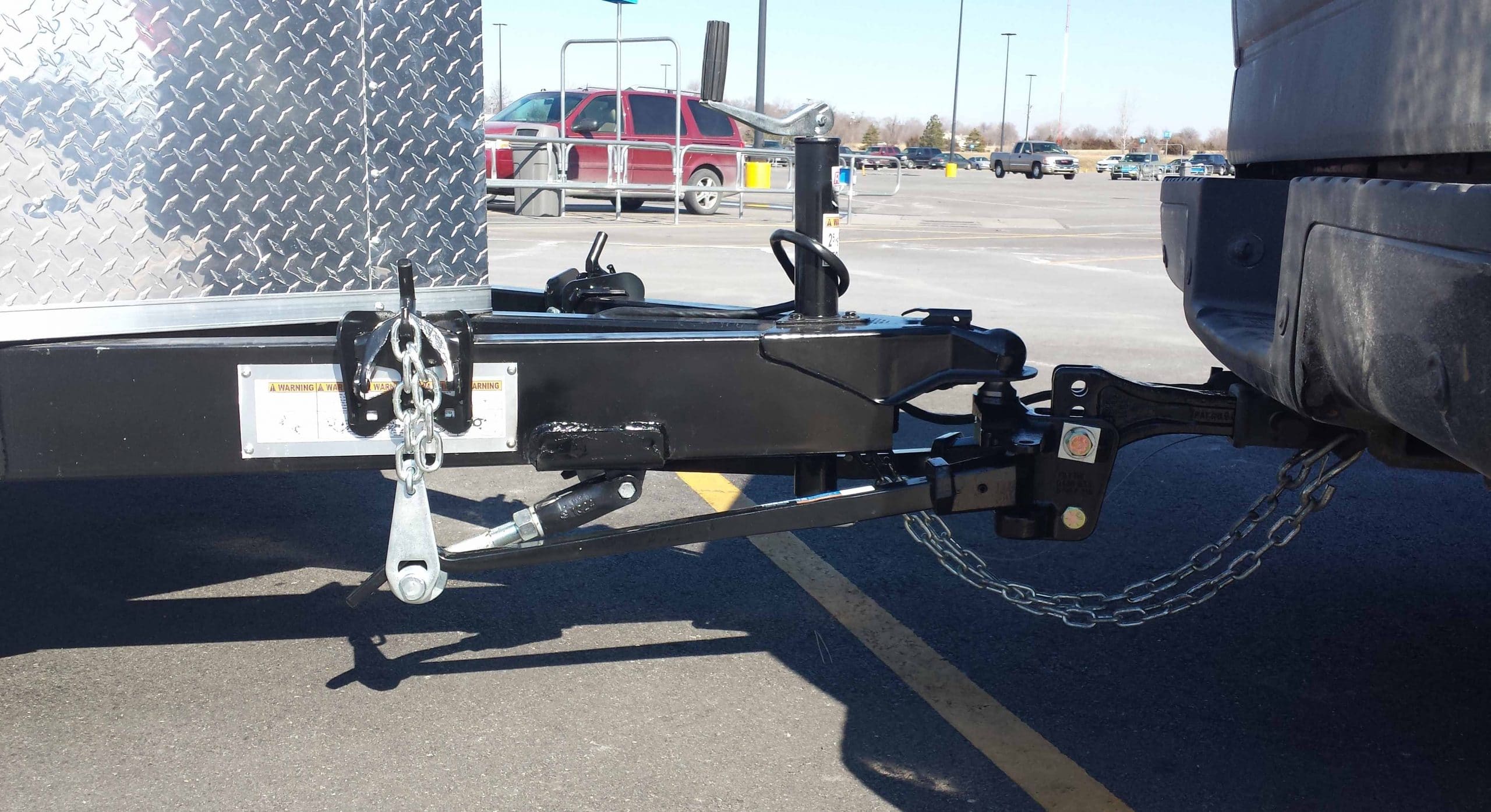How To Hitch A Trailer Yourself?
When handling a trailer alone and all by yourself, there sure are a few challenges that can turn deadly if you don’t be cautious. You can always try and have someone else help you out but there can come instances when you are alone and you have to try your luck because you are basically out of options.
One major issue that you are going to face when hitching a trailer all by yourself is keeping the hitch and the ball aligned. It tends to get very complicated and those who have already tried hitching a trailer alone will agree.
Even if you can push or pull your trailer by hand (manually) a short distance to align the hitch and ball, it is not recommended. Picking up or moving a trailer by yourself can cause you some serious injury. For some people, handling the weight of the trailer alone can be very difficult. Aligning the trailer hitch receiver by yourself will never really work.
Once you bring a hitch and a receiver into line, there is a great chance that you could either back up too much or not enough, there’s no guarantee if you will be able to handle it well if not guided completely. You could also back up too far to the left or right and this much room for error is going to leave a driver very frustrated. He will most likely take many attempts to line the trailer and that is why we have a few guidelines that you can follow to hitch a trailer without making a big deal out of it.
Note – Some advanced and latest vehicles come equipped with cameras that make it very easy to align a ball or a hitch perfectly. If you do not have a backup camera, the following step-by-step guide is going to help you out.
Step 1-
The first thing is you need to make sure is that you are in a secure location where nothing is interfering with your view and there should be no objects between your vehicle and the trailer.
Step 2-
Now, line up the center of your vehicle the same as the trailer while backing your towing vehicle as close to your trailer as possible. Now exit your vehicle and see where your hitch is about the coupler.
Step 3-
Open the coupler locking device while on the trailer hitch and make sure the coupler is open because the clamps that have not been used much can most likely jam.
Use the built-in or floor jack to lower or raise the front of your trailer
Step 4-
Now, safely and securely back your vehicle to the trailer. Once the coupler is directly over the ball hitch, use the jack to lower the coupler onto the tow ball.
Check the coupler. When a coupler is correctly lined-up, it will be secure and fairly easy to clamp down. You want the ball clamp below the ball and not on top of it. If the clamp release is posing challenges, you’re most likely not completely on the ball.
Finally
Once everything is secure, latch the coupler and ensure that it has been locked in place. Keep the coupler in its locked position by using a coupler lock.
Ensure the hitch pin that holds your ball mount in the hitch receiver is in place and carefully secure.
Attach the safety chains to your tow vehicle. Connect the trailer light wiring system to the connector on your tow vehicle and check it to see if it works. Check the left and right turn signals, hazards, the brake, and reverse lights, with the tow vehicle’s headlights on.
So, this is how it’s done. People have come up with many clever and resourceful tricks to help themselves when it comes to hitching a trailer.
Follow these steps and you will be able to hitch your trailer perfectly.
How To Measure Travel Trailer Hitch Height?
Do you want to measure the height of your travel trailer hitch, well, here is how you can do it.
For safe and comfortable towing purposes, you need to ensure that the level of your trailer is as level as possible. A leveled trailer handles its tasks well, promotes even tire wear, and minimizes strain on both the trailer and tow vehicle.
However, since there are so many tow vehicles and trailers are out there, it is difficult for any trailer and vehicle to line up perfectly for towing.
This is exactly why mount balls are made in various sizes and come with what’s known as rising and drop—to compensate for the height difference between your trailer and vehicle and allow for safe, level towing.
But before we tell you how to measure the height of your travel trailer, you need to know the basic difference between rising and drop so only then you will be able to measure the height accurately.
- Rise – Rise is the distance from the top of the shank to the top of the ball platform when the ball mount is oriented for greater coupler height.
- Drop – Drop is the distance from the top of the shank to the top of the ball platform when the ball mount is oriented for lower coupler height.
How do you measure for rise and drop?
To choose a mounted ball that has the correct size of rising and drop, you will first need to take two measurements, the height of your hitch and the height of your coupler. The difference between both of them will be your rise and drop.
- Park the tow vehicle on level ground and measure from the ground to the top of your hitch receiver opening.
- Now, with the trailer level, measure from the ground to the bottom of the coupler.
- If your hitch height is greater use a ball mount with a drop whereas if your coupler height is greater, than use a ball mount with a rise. Determine which has a greater height and find the difference between the two heights.
This is how you will be able to measure your travel trailer.
In case, you have to tow multiple trailers, you should consider buying an adjustable ball mount. The fixed ball mounts come with a set rise and drop where the adjustable mount balls have an adjustable rise drop that can be altered according to the heights of various couplers.
Adjustable ball mounts can save you the trouble of using a separate ball mount for every trailer. Simply slide the ball mount platform up or down the shank and secure it in place with the locking pin to achieve the necessary rise or drop.
We hope this article was helpful to you. If you have any other queries in this regard, don’t hesitate to let us know in the comments below.
The responses below are not provided, commissioned, reviewed, approved, or otherwise endorsed by any financial entity or advertiser. It is not the advertiser’s responsibility to ensure all posts and/or questions are answered.






